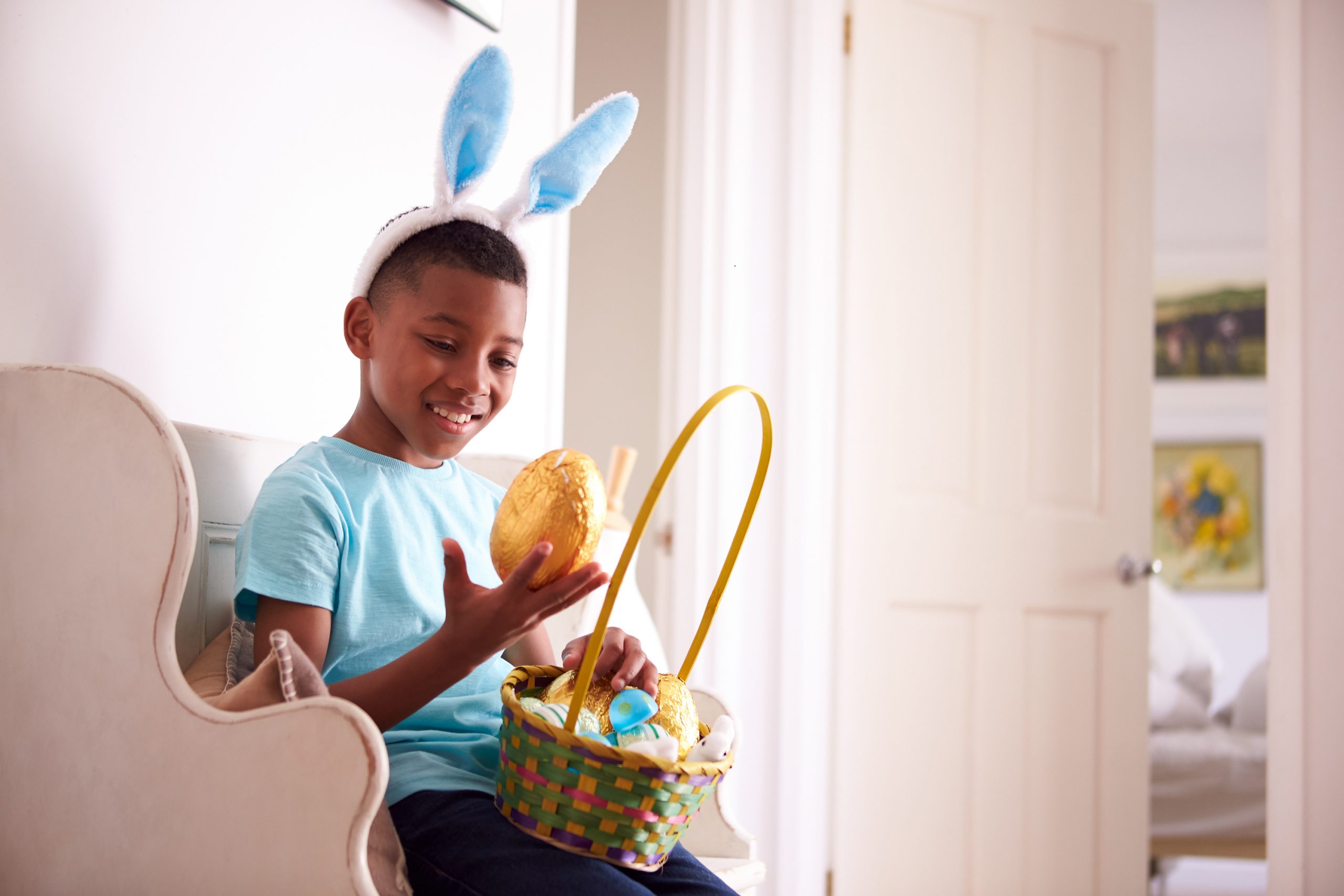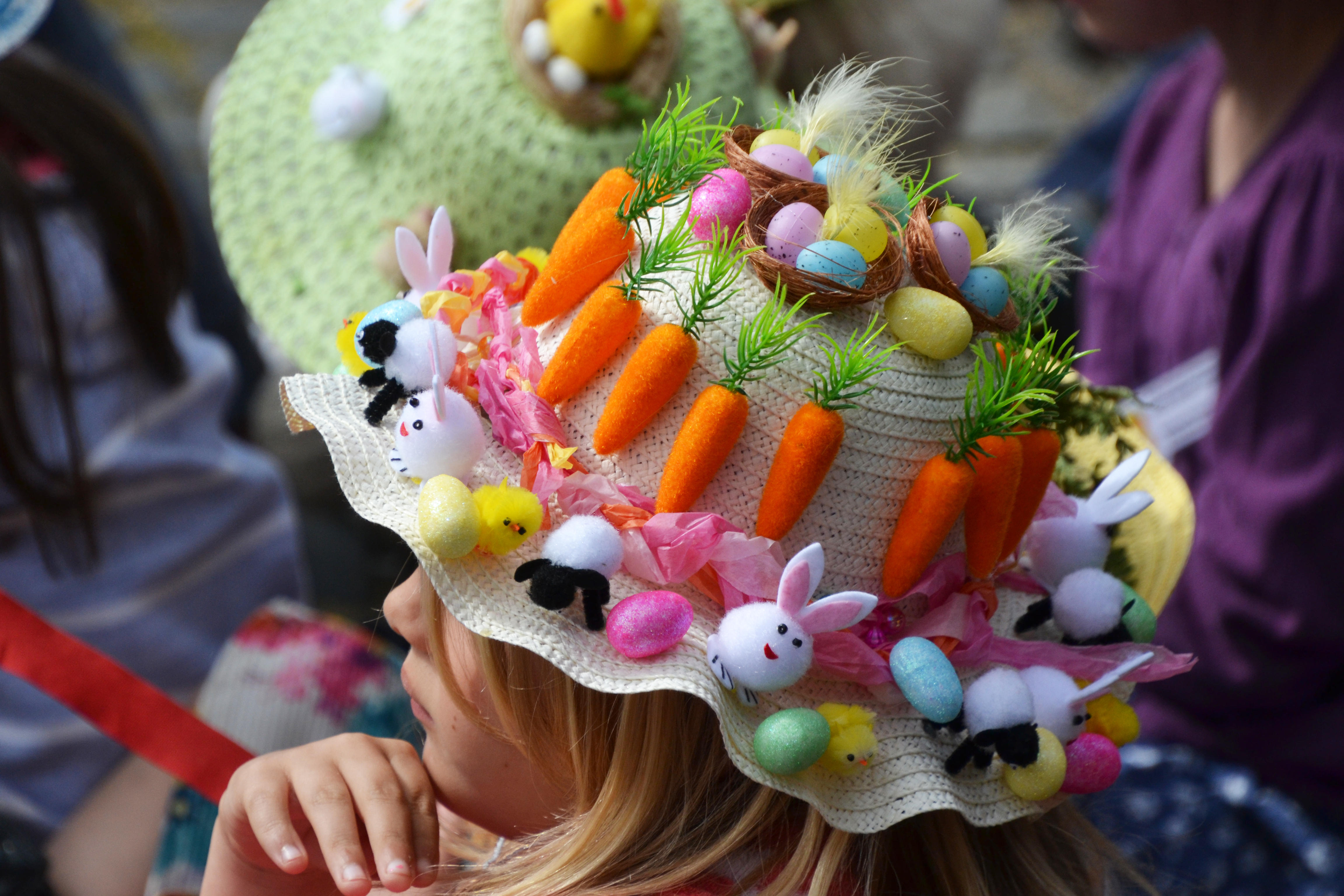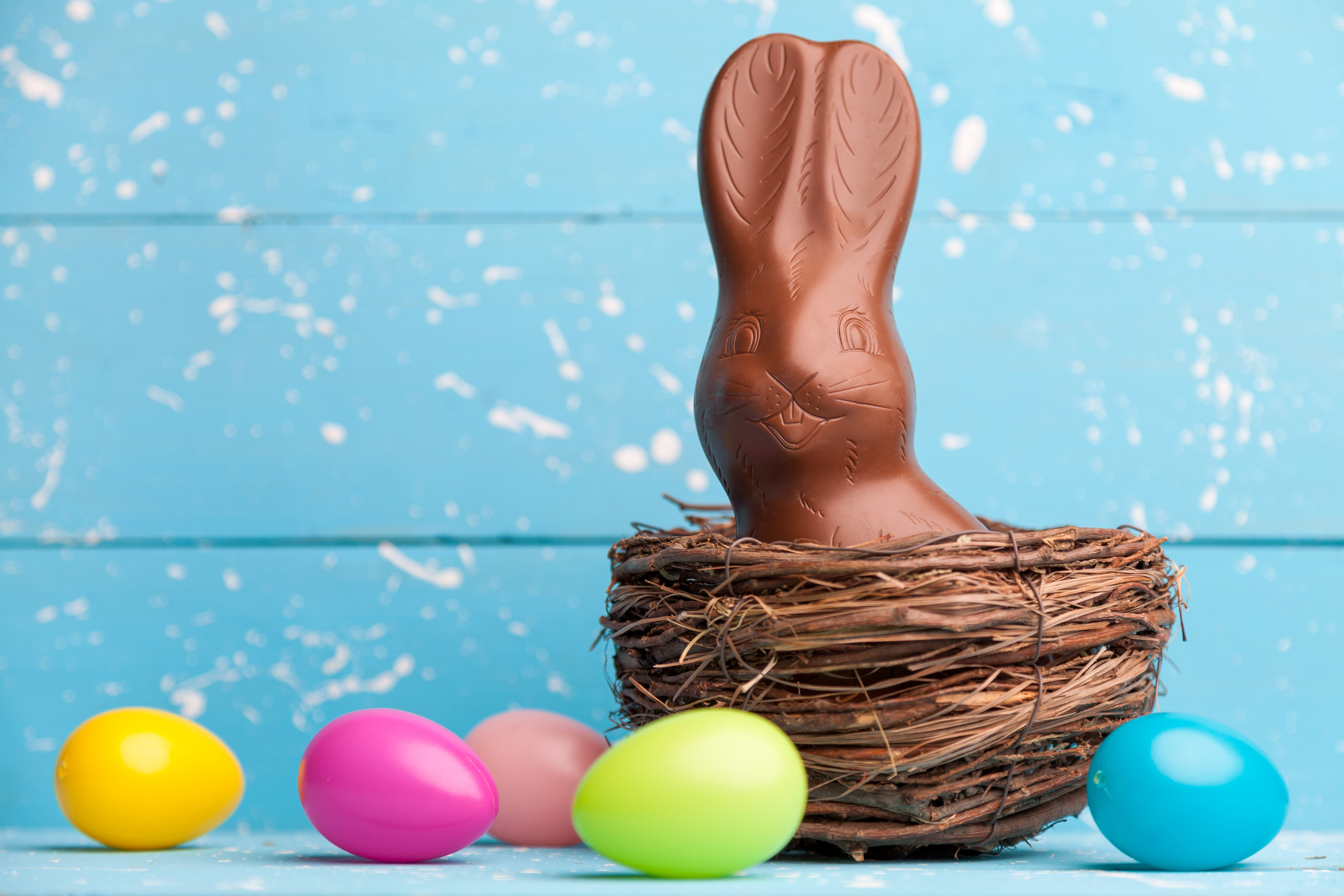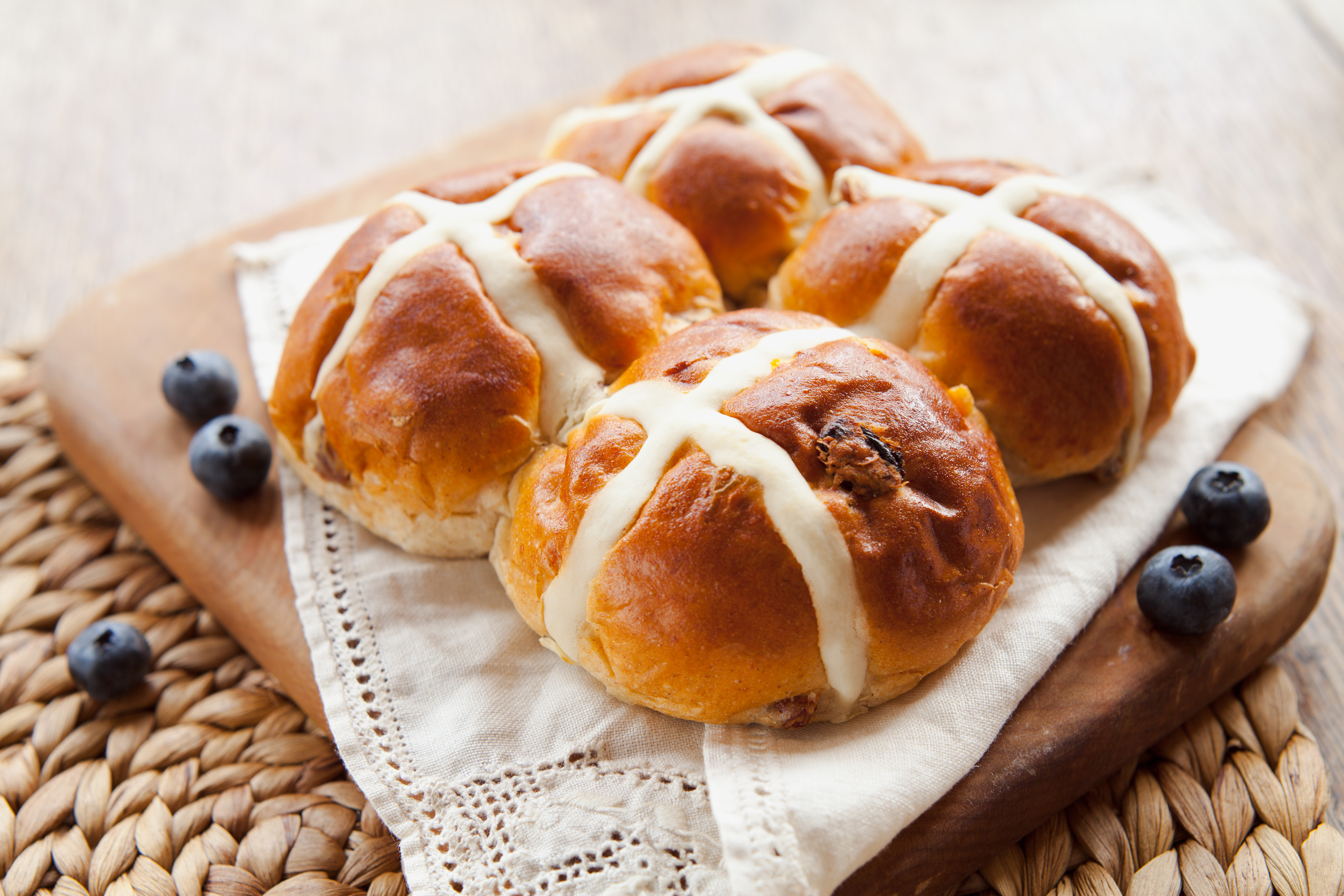Why do we have Easter eggs, the Easter bunny and Easter bonnets?

Have you ever wondered why do we have Easter eggs, the Easter bunny and Easter bonnets?
Easter is nearly here with plenty of people rushing to order their last-minute Easter gifts for kids and Easter Eggs online and in stores. While the best kids Easter eggs are an essential Easter food tradition, so are homemade Easter bonnets, egg hunts and a visit from the Easter Bunny. These Easter activities are important staples of the springtime celebration, which hold deeper meanings and date back hundreds and thousands of years.
Easter takes its name from Eostre – the goddess of spring and renewal, who was worshipped in Saxon times. The Northumbrian monk Bede, even noted how the goddess's name was influential in naming April (then Eosurmonath) in the early eighth century. Though we might not make as much of a fuss about Easter as we do Christmas, it's still important to teach children the origins of this important Christian festival. We explain the fascinating details behind the annual celebration which holds links to nature, new life and new hope. Understanding why we celebrate Easter can also help little ones make sense of why we put up Easter decorations and collect eggs in Easter baskets.
Why do we have Easter eggs?
Eggs are the ultimate symbol of fertility and new life, as a fluffy chick emerges cheeping from the cracked shell. For centuries people have celebrated nature coming to life again after the bitter cold of winter, and spring is a time of birth and renewal. The egg is also thought to represent the resurrection of Jesus from the dead, breaking out of the tomb three days after he was buried.
In the middle ages, people began painting eggs as an Easter craft to celebrate the upcoming Easter lunch feast. They'd then eat them as a treat after attending mass on Easter Sunday. Remember, most people fasted throughout Lent – the 40 days preceding Easter – and weren’t allowed to eat eggs, flour, milk, or meat, so a tasty meal was even more welcome. Today children still enjoy painting eggs, but their idea of a treat is much more likely to be a large chocolate egg than the hard-boiled variety. It’s been well over 100 years since we made the switch to Cadbury’s, though we still give everything from Vegan Easter eggs to personalised Easter eggs on Easter Sunday to honour this treasured tradition.
Why do we have Easter bonnets?

Wearing your best clothes to church has always been a sign of respect, as well as offering a good opportunity to dress up. But even ‘Sunday Best’ isn’t good enough for Easter Sunday itself, and women took the opportunity to wear their bonnets complete with their homemade Easter decorations, especially for the occasion.
The American Easter Parade became popular in the aftermath of the Civil War. And today it still takes place in New York and other cities – the perfect chance to show off your finest headgear.
GoodtoKnow Newsletter
Parenting advice, hot topics, best buys and family finance tips delivered straight to your inbox.
Wearing Easter wreaths of leaves and flowers around the head is also rooted in pagan traditions. It's once again associated with spring, renewal and rebirth.
Why do we have the Easter Bunny?

Rabbits are well known for breeding frequently and giving birth to large litters of ‘kittens’, so they too have become symbols of spring renewal and fertility. But how did rabbits become inextricably linked with the idea of Easter and why do kids wear and make bunny ears?
In German mythology, the story goes that Eostre, goddess of spring, found a wounded bird in the woods, and brought it back to health by transforming it into a hare. But because it was still partly a bird, it laid eggs to show its gratitude to the goddess, which came to symbolise the coming of spring.
There are many tales of Easter egg hunts, stretching back to Germany in the 1600s when men would hide homemade chocolate eggs for women and children to find. But it was German settlers who brought their idea of ‘Oschter Haws’, an egg-laying hare, to America in the 1700s, and children made little nests for the hare’s eggs.
Today rabbits are still symbols of Easter, with chocolate bunnies a popular gift, and the Easter Bunny continues to hide decorated eggs for children to hunt.
Why do we have hot cross buns?

We all love a hot cross bun in the lead-up to Easter, although they're traditionally eaten on Good Friday. The spiced sweet bun is made with currants or raisins and marked with a cross on top.
Hot cross buns mark the end of Lent as they're made from mainly dairy products, which are traditionally forbidden during the 40-day period that commemorates Jesus' journey through the desert. Each part of the bun has a different meaning relating to the belief that Jesus rose from the dead, with the cross on the top representing the cruxifixction and the spices inside the bun relating to the spices used to embalm his body.